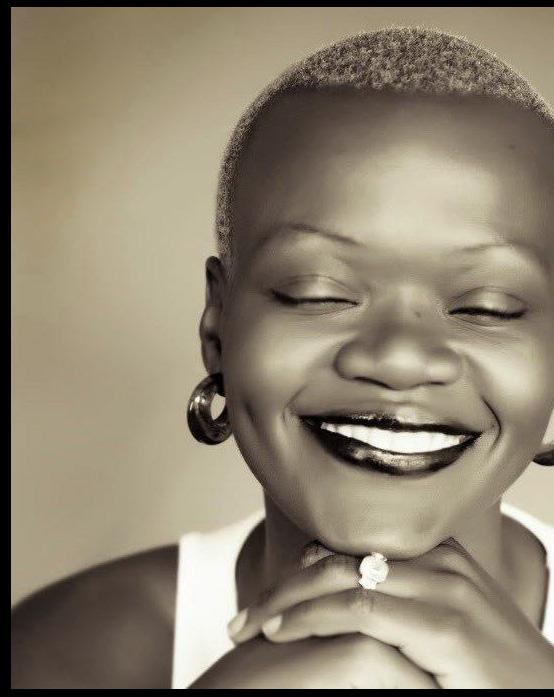PASSOVER
Haggadah history By Mala Blomquist
I
t’s always there, printed or photocopied, and as much a part of the Passover Seder as wine, bitter herbs and matzah – but have you ever thought of the origins of the Haggadah? The first-ever mention of the order of a Passover Seder is in the Mishnah, a written collection of Jewish oral traditions. The description is very similar to our modern-day seders, although history notes that the Haggadah did not come about until the time of the Talmud, probably in the third or fourth century CE. Over the next several hundred years, various parts were added and modified, until finally they were solidified around 700 -800 CE. Haggadah translates to “telling” in Hebrew. Reading the Haggadah at the seder table is a fulfillment of the mitzvah to relate the account of the Israelites’ Exodus from Egypt to the next generation. The Haggadah is said to be the most widely printed Jewish book. There are various Haggadot to choose from to fit nearly all religious, age-specific, political, or social justice needs. In addition to the Exodus retelling, it includes reading of the 10 plagues, asking of the four questions and explaining various Passover rituals. While some Haggadot are printed only in Hebrew and do not stray from the original text, many newer Haggadot explore alternative meanings for common seder symbols or encourage seder participants to reflect on the larger themes of emancipation and redemption and to explore their personal feelings of persecution and freedom. A Haggadah discovered in a trove of archived Jewish texts known as the Cairo Genizah in the storeroom of the Ben Ezra Synagogue in Fustat, The (Unofficial) Hogwarts Haggadah; The Emoji Haggadah The Baseball Haggadah: A Festival of Freedom and Springtime in 15 Innings
26 MARCH/APRIL 2021 | OREGON JEWISH LIFE















